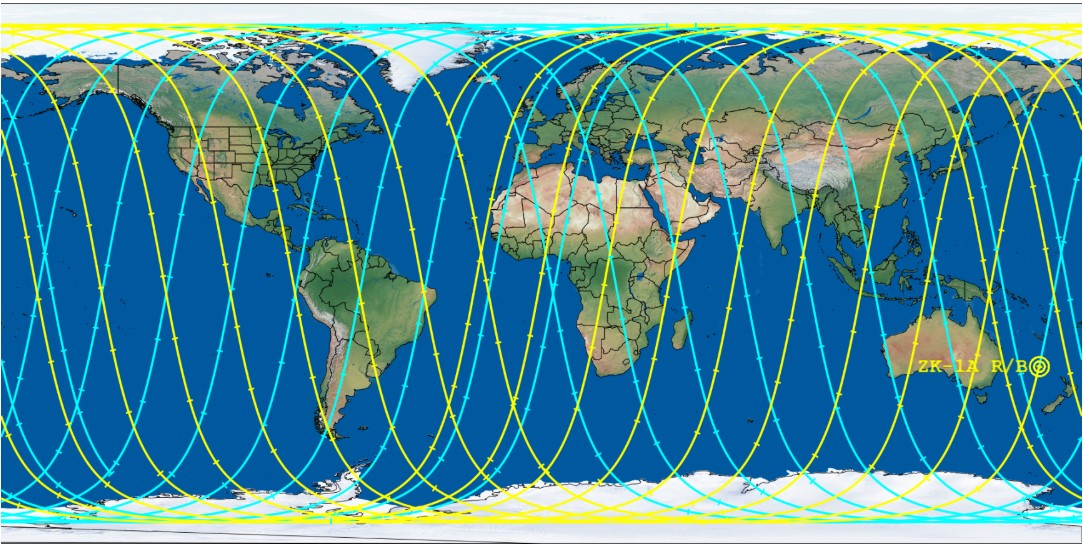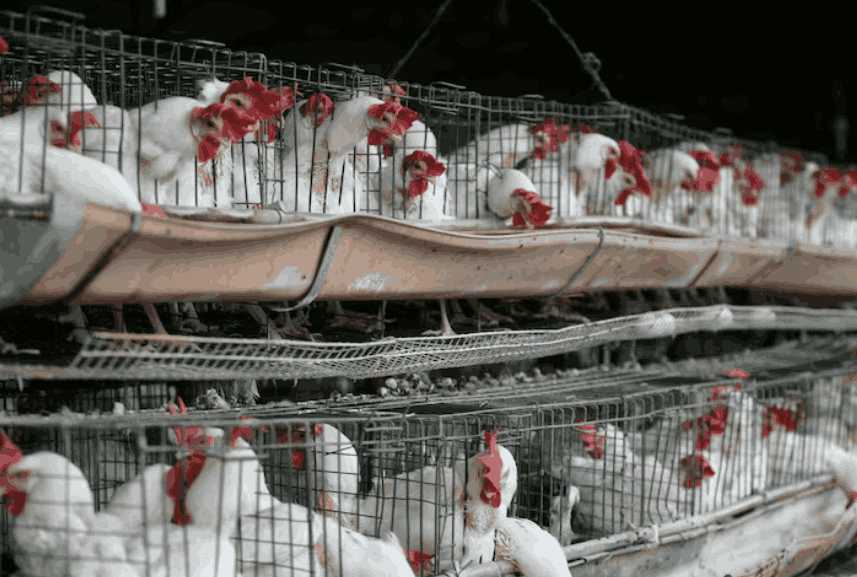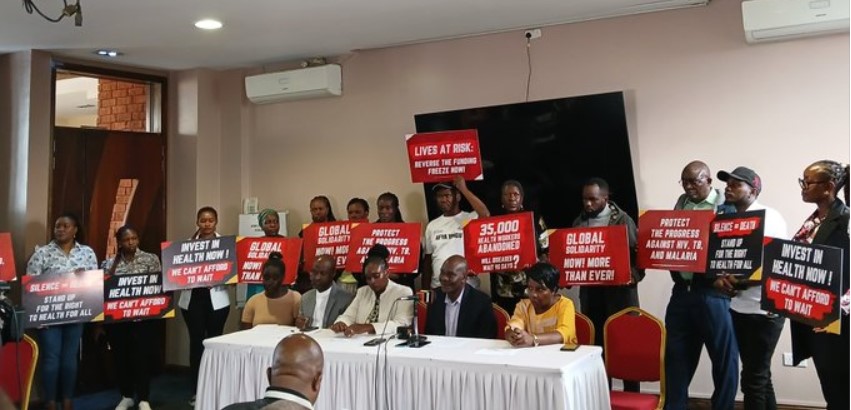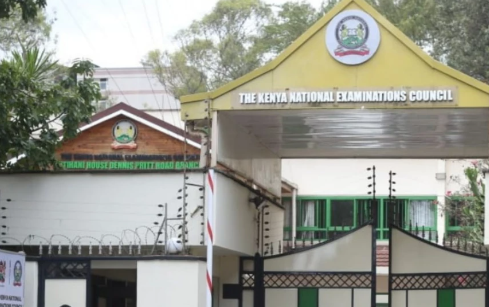Waste transporters to label vehicles according to waste types under new rules

The new rules, which have sparked a rush among waste management companies to redesign their transport vehicles, aim to address longstanding issues with waste spillage during transportation.
Waste transporters are now required to clearly label the contents of their vehicles and prevent spillage, following new government regulations aimed at improving environmental safety.
The labels must indicate whether the waste is organic, general, or recyclable, and should be visible to the public. The regulations also mandate that waste transporters maintain their vehicles and equipment to prevent leakage and the emission of harmful odours during transit.
More To Read
- Duale suspends licensing of foreign doctors, forms committee to audit Mediheal kidney transplants
- Duale stops kidney transplant services at Mediheal hospital, suspends senior officials
- Duale says 20,000 Kenyans joining SHIF daily as new health scheme gains ground
- Governor Abdulswamad tables proposal to curb abuse of prescription drugs in Mombasa
The new rules, which have sparked a rush among waste management companies to redesign their transport vehicles, aim to address longstanding issues with waste spillage during transportation.
Traditionally, the industry has relied on rickety trucks and open-back pick-ups, which often spill waste along the roads.
“Each vehicle or other means of conveyance used for transport of waste shall be affixed with a label indicating that it is used for the transportation of waste and the label shall specify the type of waste transported in the vehicle,” the new regulations state, as outlined by Environment Cabinet Secretary Aden Duale.
Duale also emphasised the importance of maintaining equipment in a proper condition to avoid waste leakage.
“A person licensed to transport waste shall ensure that the vehicle and equipment used for the transportation of waste are in a state that does not cause the scattering of, or flowing out of waste or emission of noxious smells from such waste,” he added.
The new regulations also include provisions for tracking waste during transit. Waste transporters must carry duly completed tracking notes and be prepared to present them if requested by law enforcement officers.
Duale notes that failure to comply with this requirement could result in a suspension of the transporter’s licence for up to six months.
In an effort to standardise the identification of waste types, the regulations establish a national colour code for waste.
Organic waste will be marked blue, general waste black, and recyclable waste green. The guidelines also require waste generators of hazardous materials to label their containers or packages with clear, legible markings in both English and Kiswahili.
Waste management remains a significant challenge in Kenya’s urban areas, where poor waste collection practices contribute to environmental and health hazards.
Improperly managed waste can lead to marine and environmental pollution, block water drains, and cause flooding. Stagnant water resulting from waste accumulation also increases the risk of cholera and vector-borne diseases like malaria and dengue.
Top Stories Today












































